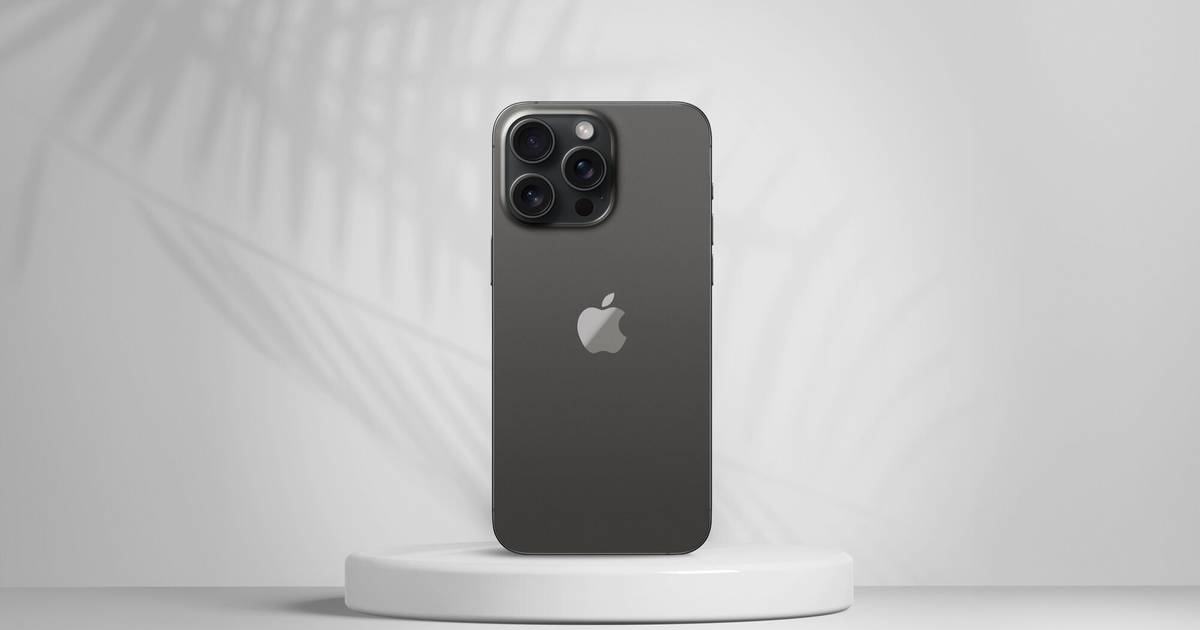New iPhones prove Apple’s going all out on their ‘spatial computing’ revolution

Jonathan Maes
Researcher and Business Consultant Jonathan Maes Howest
Admittedly, the term ‘metaverse’ doesn’t always hold positive connotations. And the word is strongly tied to the efforts of social media giant Meta, formerly known as Facebook.

Nonetheless, the metaverse – a continuum of new technologies ushering in an era of highly immersive experiences, digital twins of real objects and locations, and Star Trek-like communication methods through 3D models – isn’t going away.
In fact, the launch of the iPhone 15 and iPhone 15 Pro series from Apple this month has proven exactly that. The Cupertino California-based company has a tradition of unveiling its newest smartphones to the world in perhaps the most-anticipated technological press conference of the year.
Apple’s metaverse is a ‘spatial computing’ ecosystem
Even though Apple’s own Vision Pro headset was announced during a previous press conference, it became instantly clear that Apple isn’t backing down on its metaverse, or as they like to call it, a ‘spatial computing’ ecosystem. In the first few minutes of the iPhone launch, Apple CEO Tim Cook reassured its customers that the Vision Pro deliveries are on track for early 2024.
But that wasn’t the only time Apple emphasized spatial computing in its iPhone launch. It’s clear that Apple is setting up the rest of its ecosystem to be the perfect companion to the Vision Pro – extending all the way from the Mac to the iPhone. Even its popular AirPods Pro are now already positioned as the best ‘spatial computing’ earbuds – offering a completely lossless wireless audio integration with the mixed-reality headset.
The first metaverse-ready iPhone
Of course, Apple has demonstrated its newest innovations for its iPhone 15 and iPhone 15 Pro, including brighter screens, an improved camera system, upgraded system-on-a-chip, and more. In the prosumer-oriented Pro smartphones, extra attention has been given to the camera modules.
But what’s more, for the first time it’s now possible with iPhone 15 Pro and iPhone 15 Pro Max to record pictures and video (or ‘memories’) for later viewing in the Apple Vision Pro headset. Even though Apple’s spatial computing powerhouse is yet to be released, millions of iPhone users worldwide will be able to start producing content for the headset – months before the Vision Pro even launches. Clearly, Apple is tackling the chicken-egg problem of ‘there’s not enough content to watch in the metaverse’ head-on.
Spatial paradigm shift
In terms of content for Apple’s ‘spatial computing’ metaverse – many see this as a game-changer. There are still some questions about how the technology works and how it blends with the regular camera, but it’s a very promising idea nonetheless.
Soon, capturing life’s precious moments on video will be a thing of the past. iPhone users won’t be shooting videos, they’ll be recording and re-living past memories. While ‘spatial memories’ is a more elegant term for 3-dimensional videos, the expectations are set very high. After all, Apple has never had the reputation for being the first to adopt certain innovations, but when they do, those innovations are usually perfected.
It's also noteworthy to see how Apple isn’t focusing on social platforms or games for its Apple Vision Pro, but rather on an upgraded extension layer of its current ecosystem. That’s a very different approach from its competitor Meta, where social connections and games are seen as key entry points to the metaverse.
In any case – it’s very interesting to see Apple’s unwavering commitment to its self-proclaimed spatial computing revolution. It’s also abundantly clear that they’re not treading a given path to the metaverse – instead, they’re aspiring to shape it.
So, are you ready to explore the metaverse with us? The check our 6-day management programme Metaverse for Business!
Get in touch!
Annelies Claeys
Project Manager New Business
